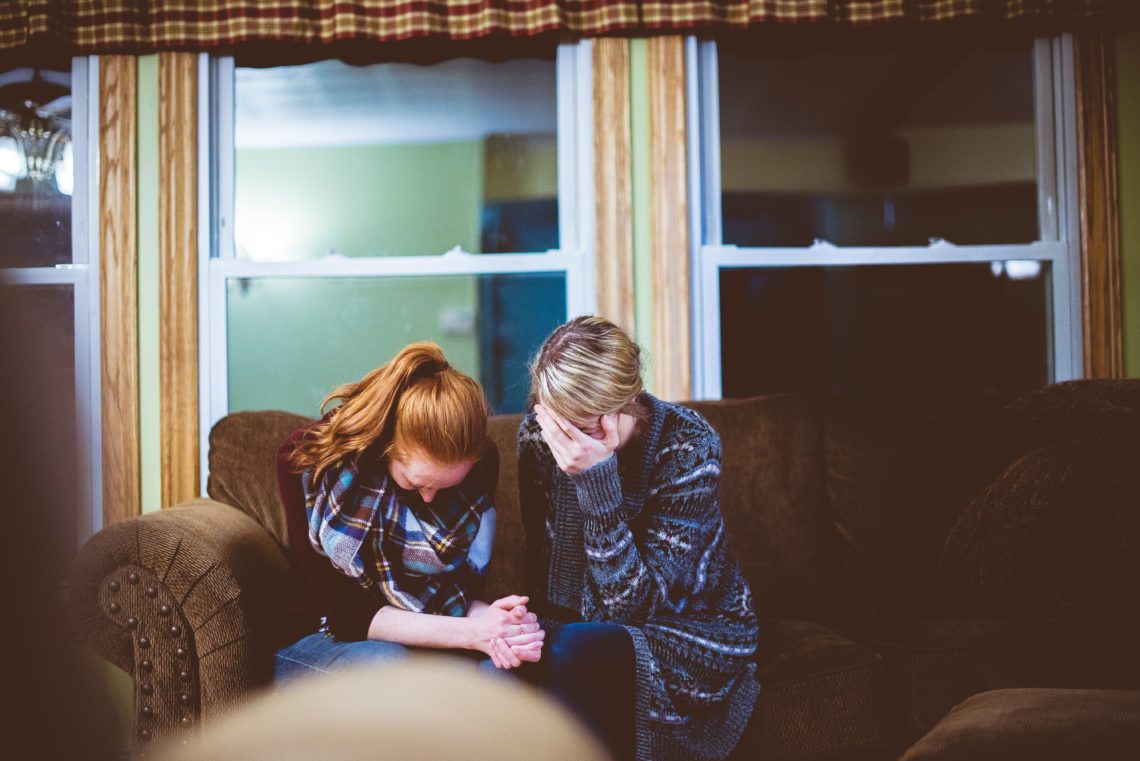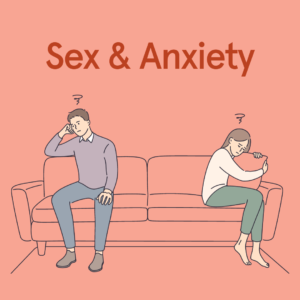People form countless relationships throughout their lives – with family members, friends, coworkers, and neighbors. We have the deepest connections with the people we love – these relationships help make us who we are. They contribute to our sense of identity and have the power to transform us, for good or bad. Because of this, the death of a loved one can create numerous psychological issues, including PTSD, particularly if the loss was tragic and unexpected.
Posttraumatic Stress Disorder (PTSD) Symptoms
We know that survivors often experience depression or anxiety after the death of someone close. We don’t usually think about them having posttraumatic stress disorder (PTSD), but it can also happen, especially after a catastrophic death.
By definition, PTSD can occur when someone has “experienced, witnessed, or been confronted with a terrible event.” News of an unexpected death already brings up especially strong emotions because it catches us off guard. A tragic death magnifies those feelings.
In fact, a 2014 study¹ by Keyes, et al, noted that, “unexpected death was associated consistently with elevated odds of new onsets of PTSD, panic disorder, and depressive episodes at all stages of the life course.”
The symptoms of PTSD include:
- Being frequently angry, tense, or jumpy.
- Physical symptoms like heart palpitations, sweating, or hyperventilating.
- Flashbacks of the trauma or dwelling on what the person might have gone through in their final moments.
- Persistent avoidance of things or events that remind us of the person or place where the tragedy occurred.
- Avoiding the emotions surrounding the death or event.
- Problems sleeping or nightmares.
- Changing their personal routine to avoid reminders of the event.
- Distorted feelings of guilt; blaming themselves for the event.
- Negative thoughts
Most of the time, people will slowly begin to recover from the initial shock and grief of a death. For those with PTSD, though, the symptoms dramatically affect their day-to-day life and they experience them for at least a month.
Treating PTSD After A Sudden Death
There are several effective treatment therapies for PTSD after the sudden or traumatic death of a loved one, including Cognitive Behavior Therapy (CBT) and Eye Movement Desensitization and Reprocessing (EMDR). Sometimes medications are used in conjunction with these modalities.
Cognitive Behavioral Therapy (CBT)
A tragedy and the resulting trauma can alter your thinking as you try to process what happened. For example, you might feel overwhelming guilt as if you were somehow responsible for the event. Or you may feel detached from the world or from those you love.
These negative thoughts can cause you to avoid the things you normally enjoy or make you worry obsessively that you’ll lose someone else in a similar manner.
Cognitive behavioral therapy (CBT) teaches you to become aware of your beliefs and thoughts about the situation. Once you identify them, it gives you the skills to see whether there are facts to support those thoughts and how to let them go if there aren’t. In short, CBT helps you manage your destructive beliefs so you can replace them with accurate views.
Eye Movement Desensitization and Reprocessing (EMDR)
EMDR helps people process trauma on an emotional level. It has been shown to help PTSD sufferers heal faster than through traditional therapy. In fact, a study funded by the Kaiser Permanente HMO found that 100% of single-trauma victims and 77% of multiple trauma victims were no longer diagnosed with PTSD after just six 50-minute sessions.
In PTSD, traumatic thoughts and memories work against the brain’s healing process. Flashbacks, nightmares, and disturbing emotions cycle through the brain, keeping the ordeal in the forefront of the person’s mind. Eye Movement Desensitization and Reprocessing therapy can break that cycle.
EMDR uses bilateral (both sides of the body) stimuli to tap into the biological mechanisms the brain uses during Rapid Eye Movement (REM) sleep. The theory is that using REM while recalling the disturbing thoughts or memories of the trauma helps the brain process it naturally, allowing the mind to heal.
The bilateral stimulation a therapist might use can include:
- Hand tapping or toe tapping
- Eye movements (following a pattern of lights)
- Musical tones
Let Us Help
If you or someone you love has been suffering from PTSD following the traumatic death of someone close to you, talk to the mental health professionals at The Center for Treatment of Anxiety and Mood Disorders in Delray Beach, Florida help. To get answers to your questions or for more information, contact us or call us today at 561-496-1094.
References
- Keyes, K. M., Pratt, C., Galea, S., McLaughlin, K. A., Koenen, K. C., & Shear, M. K. (2014). The burden of loss: unexpected death of a loved one and psychiatric disorders across the life course in a national study. The American journal of psychiatry, 171(8), 864-71.
Dr. Andrew Rosen
Dr. Andrew Rosen PHD, ABPP, FAACP is a Board-Certified Psychologist and the Founder and Director of The Center for Treatment of Anxiety and Mood Disorders, as well as, the Founder of The Children’s Center for Psychiatry Psychology and Related Services.





